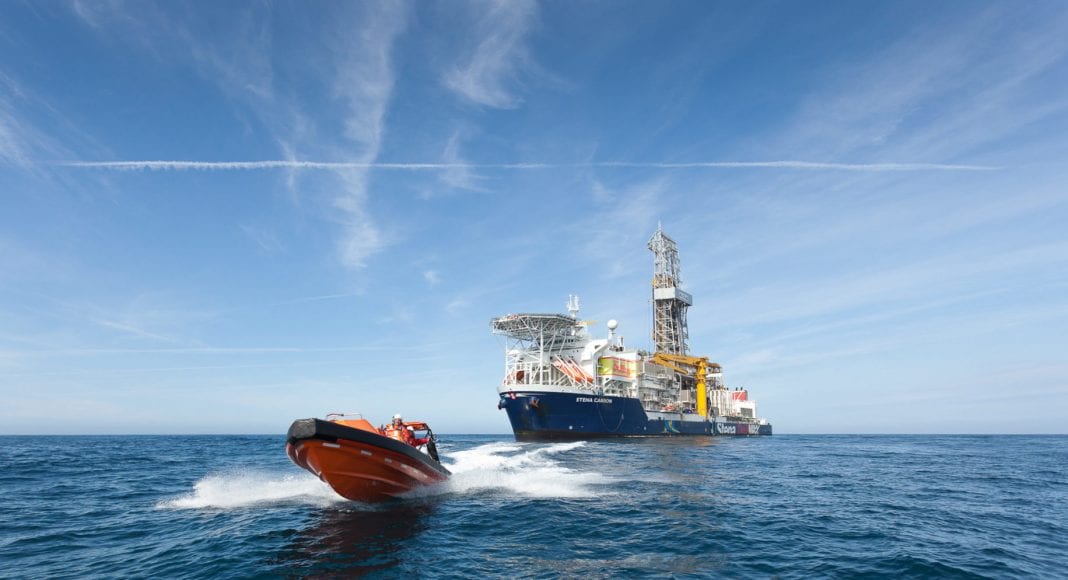Good reservoir quality and improved upstream terms have combined with cost declines and firmer oil prices to spark enthusiasm for deep offshore oil exploration in South America.
According to a report in the Petroleum Economist, analysts say that while the stars of the show remain Brazil and the growing Guyana offshore province, opportunities are also being offered offshore Argentina, Uruguay, and Peru. The enthusiasm is reflected in rig prospects. Transocean Ltd, the world’s leading deep offshore exploration rig operator, cites Harakat data in suggesting that offshore South American’s Atlantic coast will host the world’s third-largest volume of exploration programs over the next 18 months , with five, well behind Northwest Europe’s total of 23, but ahead of West Africa’s four. Analysts estimate that oil production costs from quality deep offshore fields are even competing cost-wise with the US onshore shale sector.
“It’s the timing and the availability of that acreage that’s absolutely world class. That’s driven something of a feeding frenzy”, says Julie Wilson, research director at Wood Mackenzie, about Brazil’s latest licensing round, held in March. In that round, 13 companies from 11 countries took part and bid a total of $2.4bn in signature bonuses-a record amount for Brazilian oil concession tenders. Analysts say the prolific, geologically stable Brazilian pre-salt acreage has encouraged expectation that further major finds are likely, including so-called discovered resource opportunities often adjacent to producing areas. Brazilian oil production in 2017 averaged 2.7 million barrels a day on a proved reserve base of 12.8 billion barrels, according to the BP Statistical Review of World Energy.
Promising geology
Off South America’s northern coast, first production from the emerging oil province of Guyana is expected to begin in 2020 at a rate of 120,000 b/d, and to rise above half a million b/d by 2027, according to partners ExxonMobil, Hess and Cnooc. The consortium recently upgraded its Guyana reserve estimates to over four billion barrels of oil equivalent from 3.2 million boe previously. Guyana’s promising geology and relatively generous upstream terms-not unusual for an emerging hydrocarbons province-have attracted other explorers to the region. France’s Total has acquired interests in three Guyana licenses; and independent Tullow Oil has acquired interests in Guyana and neighbouring Suriname, where Norway’s Equinor is also active.
While South America’s leading offshore plays are enjoying intense attention, lesser known possibilities are also angling for a place in the sun. Argentina, whose enormous Vaca Muerta unconventional oil and gas sector is growing with state encouragement, is reportedly set to launch its first offshore oil round in decades. Uruguay, where a licensing round that closed in April failed to attract any bids, has reportedly moved to a permanent offer process. In both cases, governments are hoping that the favourable geology underpinning Brazil’s successful offshore sector will be found to extend South into their territorial waters.
Oil finds in the Falkland Islands have been slow in progressing towards development. On the Pacific coast, Peru is reforming its upstream hydrocarbon legislation to encourage new entrants after awarding a number of licenses to Tullow and Anadarko Petroleum, through direct negotiations with the government. Analysts say regulatory uncertainties surrounding the awards appear to be delaying exploration activities. Peru faces competition from other South American producers, including Brazil and in onshore exploration Colombia, which have followed a trend towards minimising costs for exploration and production. Such reforms often include less stringent cost oil ceilings and easing of mandatory local content regulations. Analysts say such improvements boosted interest in Brazil’s latest license offerings. (Petroleum Economist)




